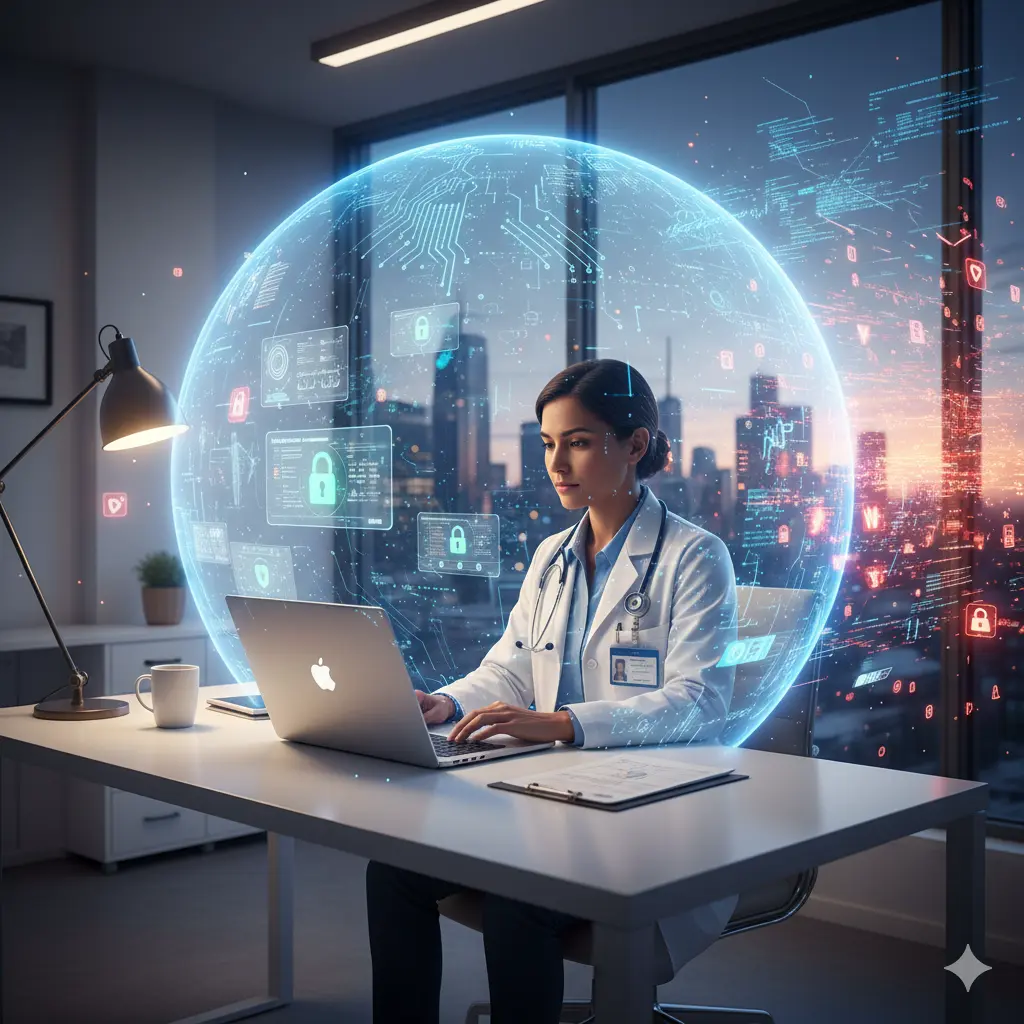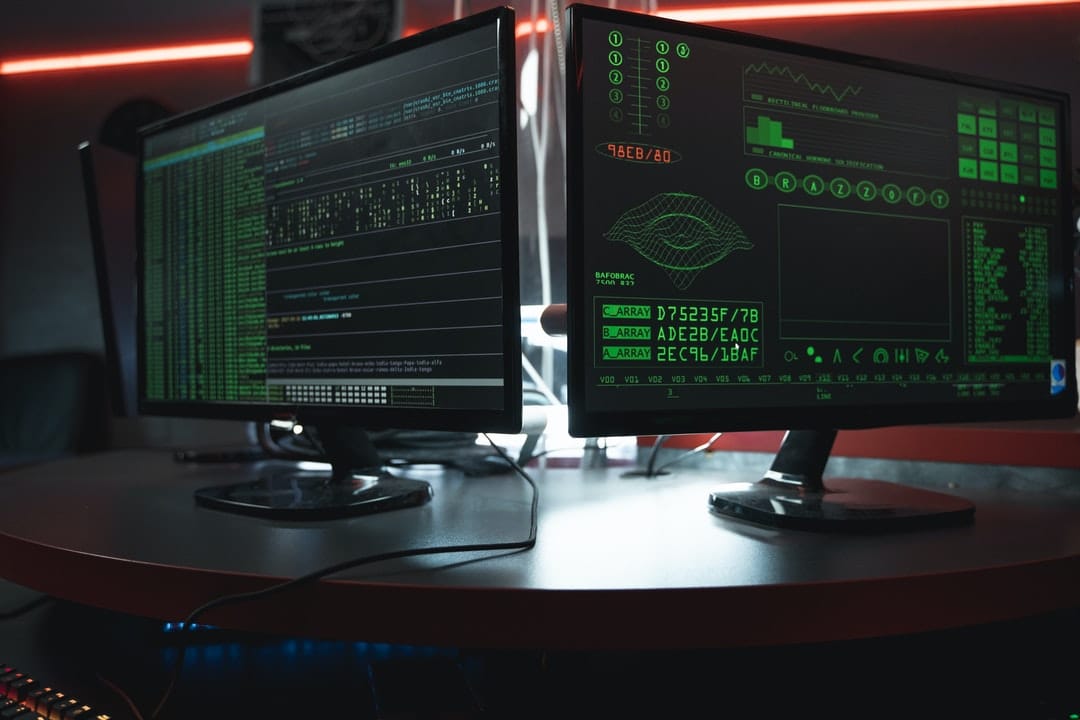I’ve got a question for you.
If a doctor logs in from a café on a personal laptop right now, would you really feel good about where your patient data’s going?
If you hesitated even a little, keep reading.
I’ve spent years watching hospitals juggle the impossible: saving lives while fighting hackers, auditors, and clunky old VPNs. Some do it well. Others… let’s just say their “security plan” is a locked office door and a hope that nothing bad happens. To thrive in this environment, hospitals, clinics, and providers need Secure workspace solutions for the healthcare industry—purpose-built systems that combine usability with airtight protection.
Today, we’re talking about something that can flip that script: secure workspace solutions.
Contents
Why Should You Even Care About Security (Again)?
Because healthcare isn’t just a target — it’s the target.
- Ransomware has literally shut down hospitals mid-surgery.
- Breaches of patient data cost an average of $11 million per incident (IBM 2024).
- Regulators — HIPAA, HITECH, GDPR — are getting meaner, not nicer.
- Telehealth, BYOD, remote staff… they’ve made your attack surface look like Swiss cheese.
Quick gut-check:
- Are your clinicians working from personal devices?
- Is telehealth now a permanent part of your care model?
- Do you know — with proof — that every login is secure?
If you answered “not sure” more than once, your risk profile is scary.
Wait… What the Heck Is a “Secure Workspace”?

Think of it like a clean room for data.
Imagine your doctor’s laptop is messy, maybe even infected. The secure workspace says:
“Cool, use your laptop. But you’re only stepping into my protected bubble. Nothing leaves. Nothing leaks.”
It’s not just a VPN. It’s smarter:
- Patient data stays off local devices.
- Every session gets monitored and logged (HIPAA loves this).
- If a device isn’t secure, it doesn’t get in.
- And — huge win — clinicians don’t hate using it.
Here’s a quick side-by-side to show what I mean:
| Feature | Old-School VPN | Secure Workspace |
|---|---|---|
| Data touches local device | ✅ | ❌ |
| Easy HIPAA audit logs | ❌ | ✅ |
| Multi-factor authentication | Sometimes | Always |
| Session monitoring | Rare | Built-in |
| User experience | Often slow | Smooth & fast |
How Do Secure Workspaces Actually Help?
Let’s break it down — because it’s more than just compliance.
They:
- Stop ransomware in its tracks — if a laptop gets hit, patient data is untouched.
- Build patient trust — people stick with providers who protect their info.
- Save money — fewer breaches, fewer fines, fewer lawsuits.
- Make doctors’ lives easier — no more clunky VPN logins or weird slowdowns.
- Support innovation — want AI diagnostics or remote imaging? Start here.
Quick pop quiz:
Would your clinicians cheer if you got rid of your VPN? If yes, they’ll probably love this.
Why the Timing Matters (Like, Now)
I know, “new tech” feels expensive and messy. But here’s why waiting hurts:
- Hybrid care is here to stay. Your network perimeter doesn’t exist anymore.
- Hackers know downtime kills. They go after hospitals because pressure = ransom payment.
- Auditors want proof. Access controls, logs, device checks — all documented.
Every month you wait is another month betting on luck.
How to Choose a Good Secure Workspace Partner (Without Getting Burned)
Not every shiny brochure means safety. Here’s what I’d demand if I were you:
- Deep healthcare workflow knowledge (EHR, PACS, telehealth).
- Real zero trust architecture (every login proves itself).
- Audit-ready logs — HIPAA, GDPR, HITECH.
- Smooth user experience — no lag, no complaining doctors.
- Scalability — multi-site, contractors, third-party vendors.
- Incident response support (when things go sideways, and they will).
- Actual case studies (ask to call their customers — if they dodge, run).
Think of it like picking a surgeon. You want someone who’s done the hard cases, not just read about them.
A Real-World (and Relatable) Scenario
Picture this:
- Before secure workspaces:
Dr. Smith logs into telehealth from his kid’s gaming laptop at a coffee shop. Malware is laughing. IT is sweating. HIPAA is frowning. - After secure workspaces:
Dr. Smith logs in. The system checks his device, spins up a protected virtual space, and logs everything for compliance. Patient data never touches his laptop. He doesn’t even notice — it just works.
That’s the dream. Safer care, less headache, no late-night breach panic.
Let’s Be Honest
Healthcare IT is already brutal. You’re dealing with legacy systems, shrinking budgets, and constant regulation changes. Adding a ransomware attack on top? Nightmare fuel.
But here’s the thing: secure workspaces don’t just protect data. They give doctors back time, keep patients safe, and let IT finally breathe. I’ve seen the before-and-after — it’s night and day. Secure workspace solutions for the healthcare industry are designed for this exact mission.
If you’re still using old-school VPNs as your main defense, you’re playing catch-up. And in healthcare, catch-up is expensive.








